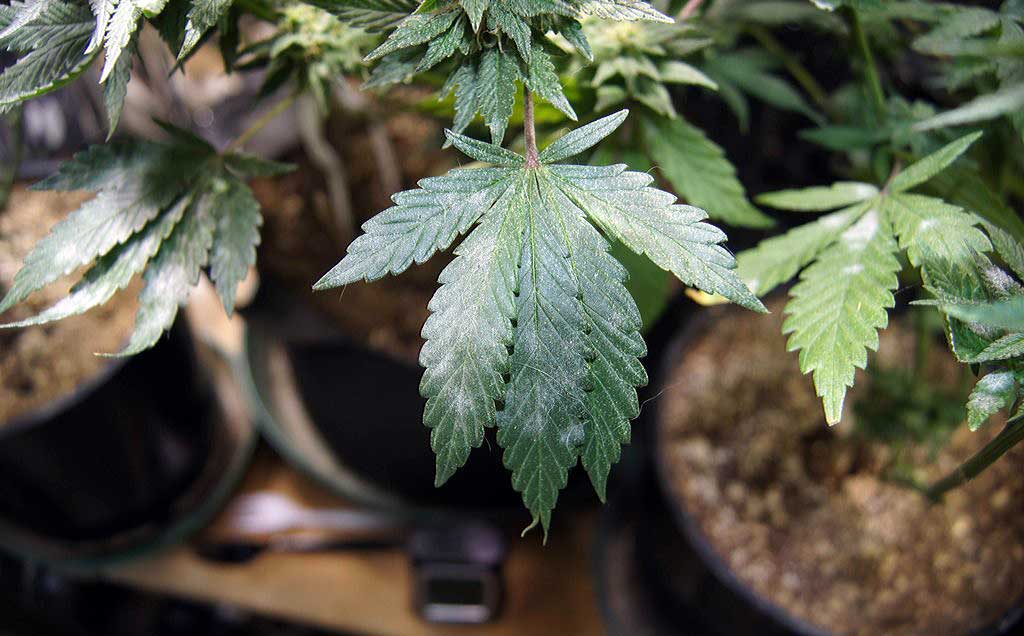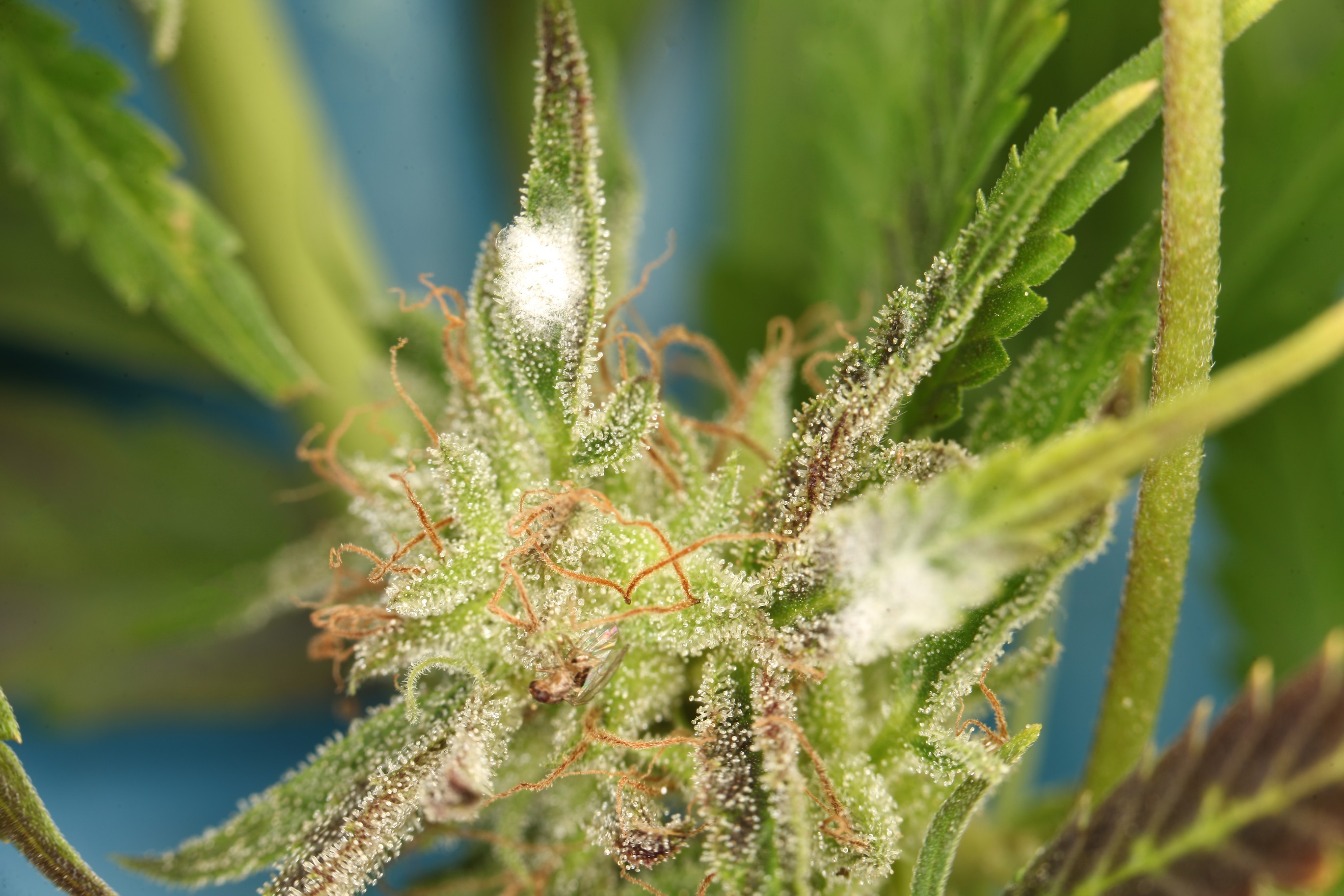


How to Get Rid of Mold on Houseplant Soil with Baking Sodaīaking soda is a natural powder that we usually use in baking. Pour the remaining soil into the pot and water the plant thoroughly. Prune damaged or diseased sections as needed.įill a sterile pot a third of the way with sterile potting soil and position the plant in the container at the same height as before. Rinse the roots beneath running water and inspect them for signs of disease. Carefully remove your plant from the pot and discard the moldy soil in a plastic bag. The first step to transplanting your houseplant is to use a damp cloth to remove any white dust off the foliage and stems. to get rid of powdery mildew on garden plants you have indoors. While the process takes longer than applying a fungicide, it’s well worth the effort. One of the best ways to treat mold on houseplant soil is to repot the plant with fresh dirt to eliminate the contaminated soil and give your houseplant a fresh start. Treat Mold on Houseplant Soil by Transplanting Fortunately, white mold is easy to rectify, and there are several steps to take to prevent it from returning. However, your plant does not flourish and often ends up with stunted growth if you do not deal with the problem right away.

While it is unsightly, most plant-soil molds are not harmful to your houseplants. However, this isn’t usually the case, depending on the fungus type and severity of the spread. Your first thought is probably that your indoor plant is doomed. You tend to your houseplants and find that the soil around the base is covered with a white, fuzzy layer of mold. Botrytis fungus causes a harmful gray mold if left untreated.īlack and dark green patches are signs of sooty mold that result from insects feeding on the plant’s sap, and a light, flour substance on the plant’s leaves and stems is powdery mildew. Another harmless type of this fungus is yellow fungal mold, which is also caused by saprophytic fungi. This white, thread-like growth is harmless, even if it covers the entire soil surface. The primary fungus type to affect houseplants is saprophytic fungi or mycelium. It’s important to know what causes fungus on soil of houseplants to ensure this doesn’t happen again. There is white mold growing over the dirt in your indoor plants, and what looked nice and healthy yesterday now looks creepy and disturbing. What Causes Fungus on Soil of Houseplants? Find ways to prevent houseplant mold from returning. While a moldy plant is not very attractive, there is usually no cause for concern, and there are many simple remedies to the problem, just like there is for soil mites and fungus gnats.ĭiscover which fungus types affect houseplants and how to eliminate white mold using a commercial or natural fungicide to restore the plant soil. Ways to Prevent Mold on Houseplant Soil.How to Remove the Houseplant Soil Mold Manually.How to Prune Your Plants after Getting Rid of Soil Mold.What’s a Good Soil and Pot Type for Stopping Mold Growth?.Treating Moldy Houseplant Soil with Cinnamon.Using the Sun to Kill Houseplant Soil Mold.How to Use a Fungicide to Get Rid of Soil Mold.Get Rid of Houseplant Soil Mold with Neem Oil.Using Hydrogen Peroxide to Eliminate Soil Mold.Getting Rid of Houseplant Soil Mold with Vinegar.How to Get Rid of Mold on Houseplant Soil with Baking Soda.Treat Mold on Houseplant Soil by Transplanting.Different Types of Mold that Affect Houseplants.What Causes Fungus on Soil of Houseplants?.


 0 kommentar(er)
0 kommentar(er)
